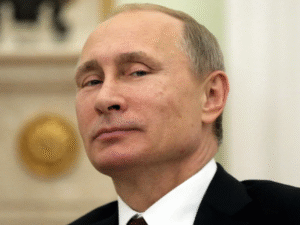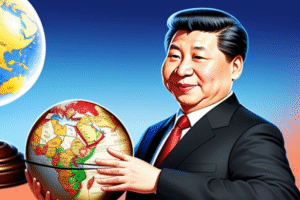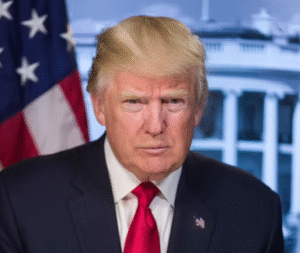$FXI $SPY #ChinaNews #Exports #Imports #EconomicGrowth #TradeRelations #Geopolitics #MarketTrends #Beijing #Washington #InvestmentStrategies
How Did China’s September Exports Surpass Predictions While Imports Skyrocketed for the First Time Since April 2024? Find Out What’s Driving This Trend!
In recent developments in china news, tensions between Beijing and Washington have once again escalated, with both nations exchanging sharp criticisms and tightening trade restrictions. This geopolitical friction casts a shadow over global markets and raises questions about the implications for international trade dynamics. Yet, despite this backdrop, China’s economic indicators for September have surprised analysts, leading to a notable increase in exports and a significant rise in imports.
China’s exports in September exceeded expectations, showcasing resilience amid the ongoing geopolitical tensions. The country reported a year-on-year increase that contrasts with earlier forecasts, possibly indicating a robust recovery in global demand for Chinese goods. Analysts suggest that this uptick may be attributed to seasonal factors and increased orders related to the upcoming holiday season. Furthermore, the recent easing of some pandemic-related restrictions has allowed for more efficient production and shipping processes.
On the flip side, China’s imports rose at the fastest pace since April 2024, suggesting a potential rebound in domestic consumption. This growth aligns with Beijing’s efforts to stimulate its economy post-pandemic, as the government has implemented various measures to boost consumer spending. Consequently, the increase in imports could signify a strengthening domestic market, which is crucial for sustaining economic momentum.
Despite these positive indicators, the backdrop of rising tensions between China and the United States cannot be ignored. The two countries have been embroiled in a series of diplomatic disputes that have led to increased tariffs and trade barriers. As both sides continue to engage in a war of words, investors are closely monitoring potential repercussions for global supply chains and trade agreements.
Additionally, the ongoing geopolitical situation may lead to a reevaluation of investment strategies. Investors need to consider how these tensions could affect market stability and economic growth in the region. While China’s economic performance appears robust, external factors could influence future growth trajectories.
Moreover, the interplay between domestic policies and international relations will play a pivotal role in shaping China’s economic landscape. As the government seeks to balance growth with stability, its ability to navigate complex geopolitical waters will be vital to maintaining investor confidence.
For those interested in tracking the latest developments in the stock market, insights into China’s economic performance can be found in our dedicated stock section. The implications of these trade dynamics are far-reaching, affecting not just China but also global markets, and investors must remain vigilant.
Investors should also be aware of the broader economic implications of these trends. As China continues to emerge as a key player in global trade, understanding the dynamics of its export and import activities will be crucial for making informed investment decisions. The recent figures suggest a positive outlook, but ongoing geopolitical tensions could complicate this narrative.
In conclusion, while China’s September export and import data may paint a picture of economic resilience, the geopolitical landscape remains complex. The interplay of trade tensions and economic recovery will undoubtedly shape the future of China’s economy, making it essential for stakeholders to stay informed and agile in their investment approaches. For more insights on market trends, consider exploring our content on cryptocurrency trading, which is increasingly intertwined with global economic shifts.











Comments are closed.